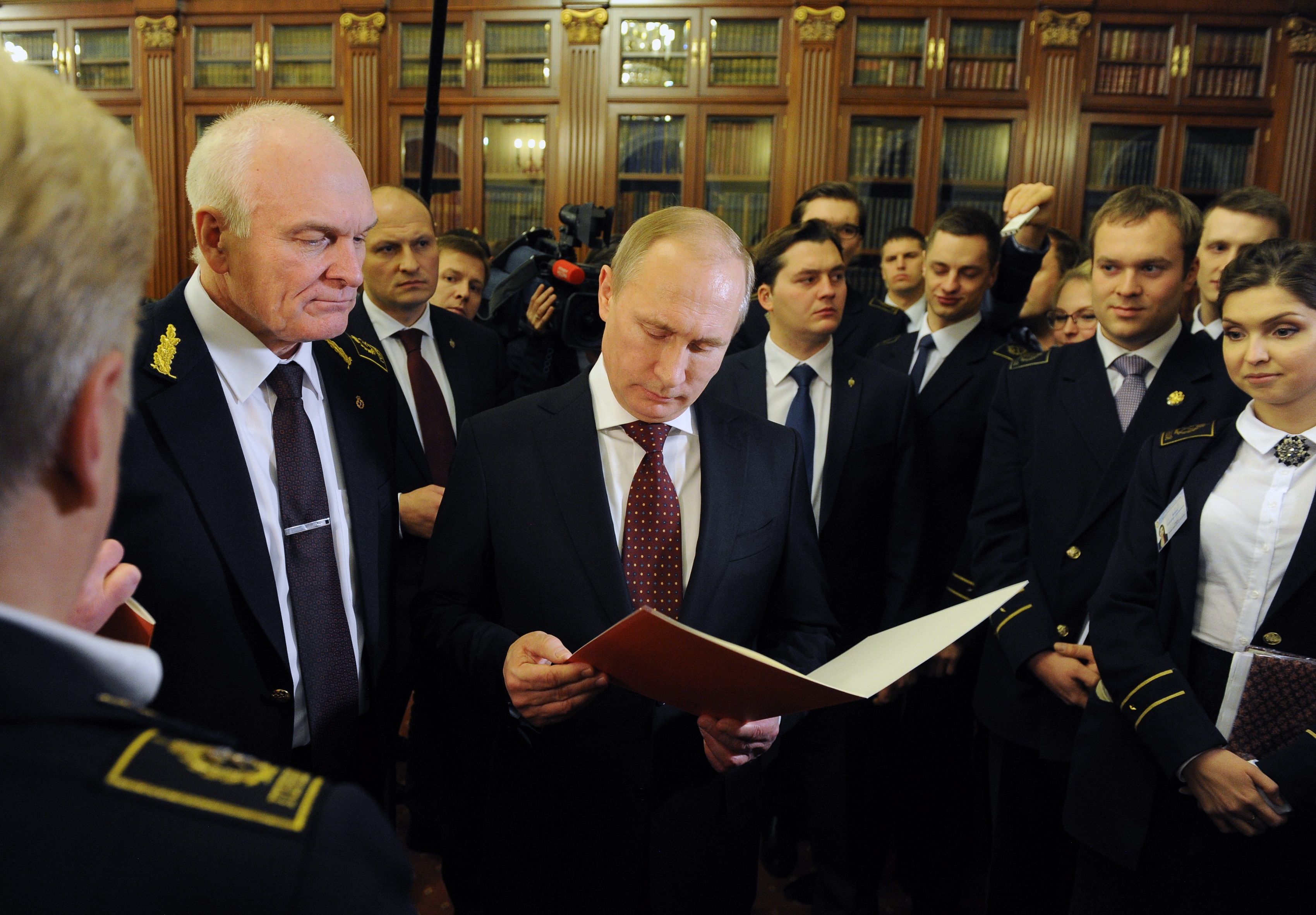ID :
355367
Tue, 01/27/2015 - 09:40
Auther :
Shortlink :
https://oananews.org//node/355367
The shortlink copeid
Putin promises additional financing of Antarctic exploration works

ST. PETERSBURG, January 26. /TASS/. Russian authorities will look at allocating additional funds to finance research works at Russia’s Antarctic station Vostok, Russian President Vladimir Putin said on Monday.
Putin visited the National Mining University Gorny, where he was told about a successful drilling effort to a depth of 3,769 metres to reach subglacial Lake Vostok in Antarctica that had been completed on Sunday. Researchers told the president they were on the verge of new discoveries, since reaching this relic lake that had been sealed by ice for about 1.5 billion years was on a par with the first moon landing.
The president was asked by a student if it was possible to allocate additional funds to modernize the Vostok station in Antarctic. Putin said that the government had allocated funds at the very beginning of Vostok’s operation. “Probably, they are not enough. We shall see what can be done,” the president said, adding that such research works were of great importance.
Located in Antarctica some 1,260 kilometres off the coastline at an altitude of 3,499 metres above sea level, the Vostok station is known for the most severe climatic conditions. It is the coldest place on the entire Earth. Now, in the deep of Antarctic summer, air temperatures range from minus 24.1 degrees Celsius in the daytime to minus 37.6 degrees in the night. Drilling can be performed here only during the warmest period.
Lake Vostok, measuring 250 by 50 kilometres, was discovered by the 33rd Russian Antarctic Expedition in 1987. It lies beneath some four kilometers of ice and measures 50 by 250 kilometres. Drilling was launched in 1989. Three years ago, the drilling bit came into contact with the relic lake at a depth of 3,769 metres. About 30-40 litres of water were lifted from the lake. Water samples were found to contain traces of living organisms, yet unknown cold-resistant bacteria. However there were no 100 percent guarantee that these bacteria had originated from the subglacial lake, since water samples were polluted with priming water from the well. Months later however the water in the lake rose and froze at the level of 363 meters. The explorers had to drill a new well parallel to the old one from the depth of 3,406 meters.
Read more





